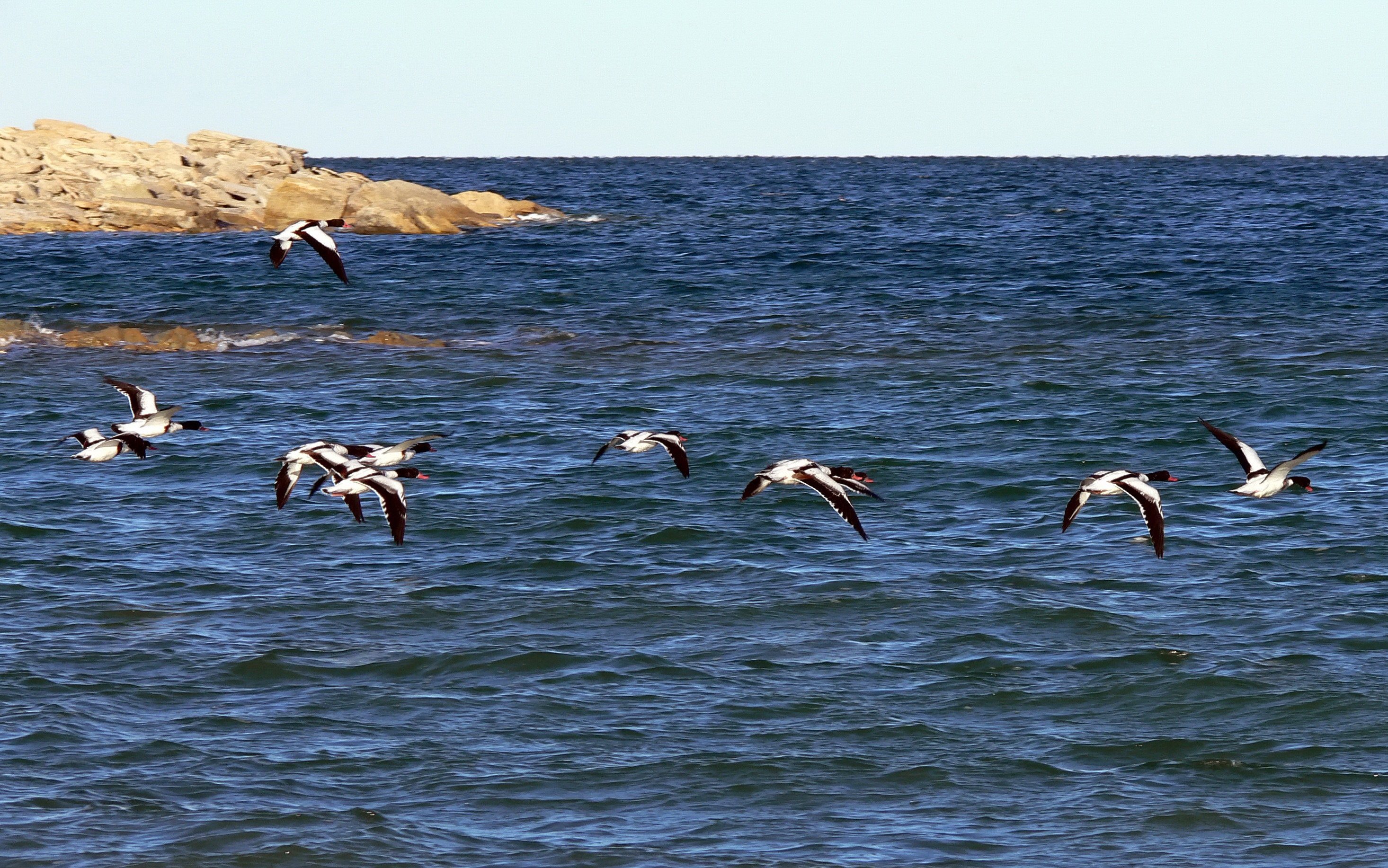
In former times, the unique isolation of the Aral Sea basin contributed to the development of such a richness and diversity of biota, which could be compared with Africa. The Aral Sea region had half of all the biological species available on the territory of the former Union, most of which have disappeared or are on the verge of extinction. There were 500 species of birds, 200 species of mammals and 100 species of fish in the region. The habitat of the region was a large number of insects and invertebrates.
Until 1960, more than 70 species of mammals and 319 species of birds lived in the river deltas.
In the lower reaches of the Syr Darya, more than 100 thousand hectares of alluvial soils have become salt marshes, more than 500 thousand hectares of swamp and meadow-marsh soils have dried up. This led to the modification and death of 5-7 species of herbs necessary for sheep, goats, horses and camels. The incidence and morbidity of livestock began, muskrat breeding disappeared, and the number of sheep fell sharply.
The flora of the region was equally impressive: 1200 species of flowering plants and 560 species of vegetation of the tugai forests, including 29 endemic to Central Asia.
The flora of the Aral Sea coast is represented by 423 species of plants belonging to 44 families and 180 genera.
The highest species diversity of sand vegetation, which is concentrated on the former islands of the east coast.
EXECUTIVE COMMITTEE OF THE INTERNATIONAL FUND FOR SAVING THE ARAL SEA © 2025